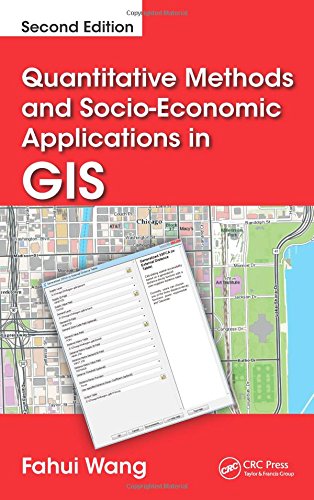

Most ebook files are in PDF format, so you can easily read them using various software such as Foxit Reader or directly on the Google Chrome browser.
Some ebook files are released by publishers in other formats such as .awz, .mobi, .epub, .fb2, etc. You may need to install specific software to read these formats on mobile/PC, such as Calibre.
Please read the tutorial at this link. https://ebooknice.com/page/post?id=faq
We offer FREE conversion to the popular formats you request; however, this may take some time. Therefore, right after payment, please email us, and we will try to provide the service as quickly as possible.
For some exceptional file formats or broken links (if any), please refrain from opening any disputes. Instead, email us first, and we will try to assist within a maximum of 6 hours.
EbookNice Team

Status:
Available0.0
0 reviewsThe second edition of a bestseller, Quantitative Methods and Socio-Economic Applications in GIS (previously titled Quantitative Methods and Applications in GIS) details applications of quantitative methods in social science, planning, and public policy with a focus on spatial perspectives. The book integrates GIS and quantitative (computational) methods and demonstrates them in various policy-relevant socio-economic applications with step-by-step instructions and datasets. The book demonstrates the diversity of issues where GIS can be used to enhance the studies related to socio-economic issues and public policy.
See What’s New in the Second Edition:
Each chapter has one subject theme and introduces the method (or a group of related methods) most relevant to the theme. While each method is illustrated in a special case of application, it can also be used to analyze different issues. For example, spatial regression is used to examine the relationship between job access and homicide patterns; systems of linear equations are analyzed to predict urban land use patterns; linear programming is introduced to solve the problem of wasteful commuting and allocate healthcare facilities; and Monte Carlo technique is illustrated in simulating urban traffic.
The book illustrates the range of computational methods and covers common tasks and major issues encountered in a spatial environment. It provides a platform for learning technical skills and quantitative methods in the context of addressing real-world problems, giving you instant access to the tools to resolve major socio-economic issues.